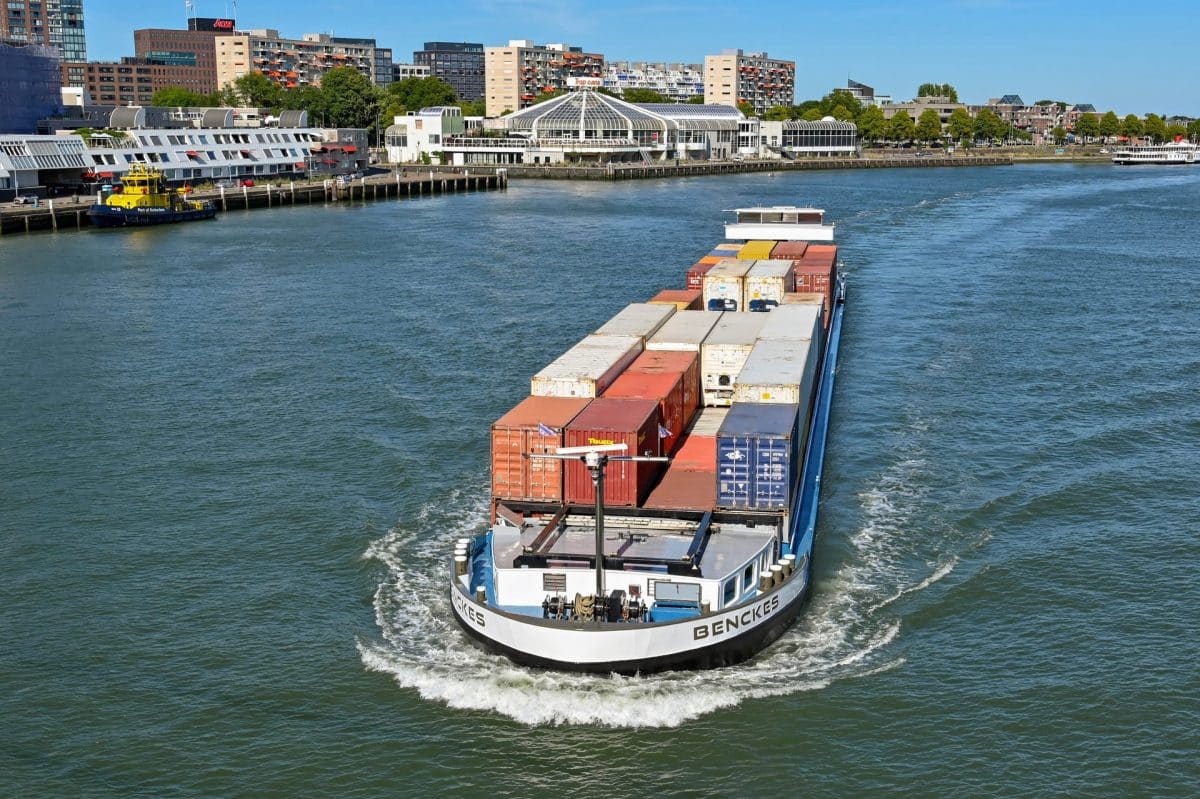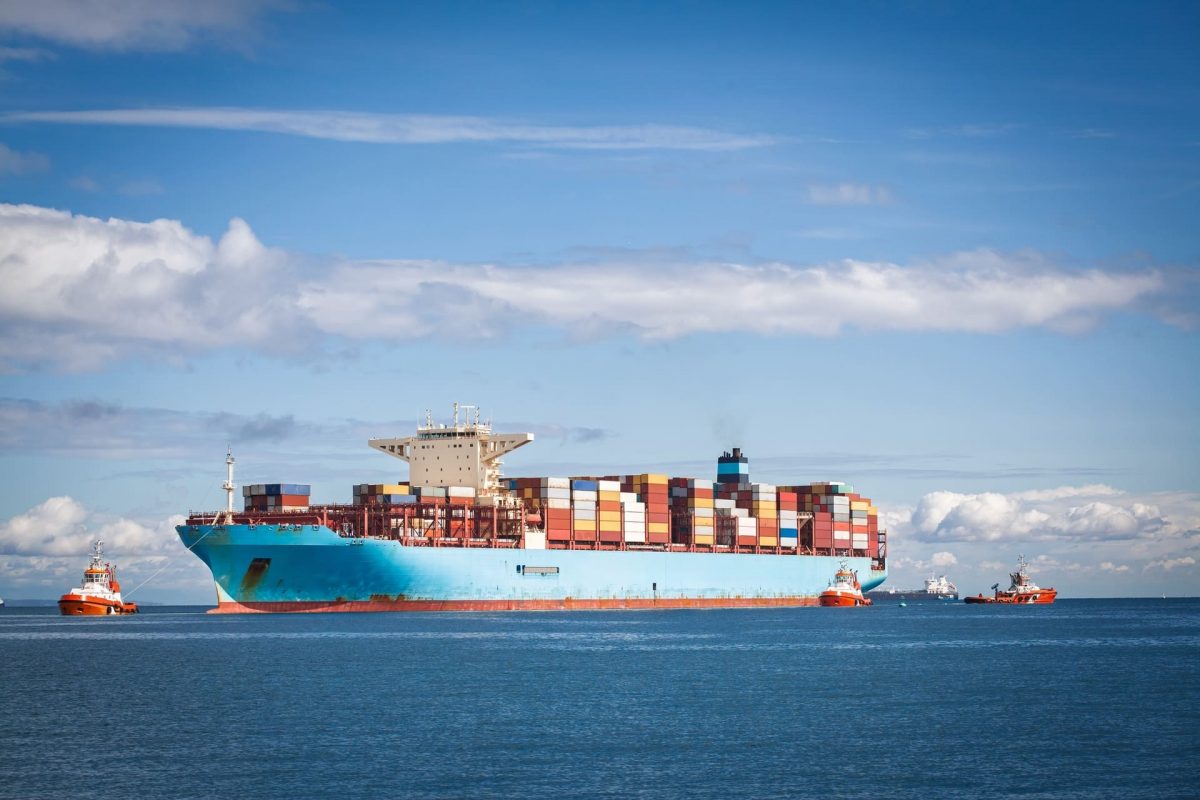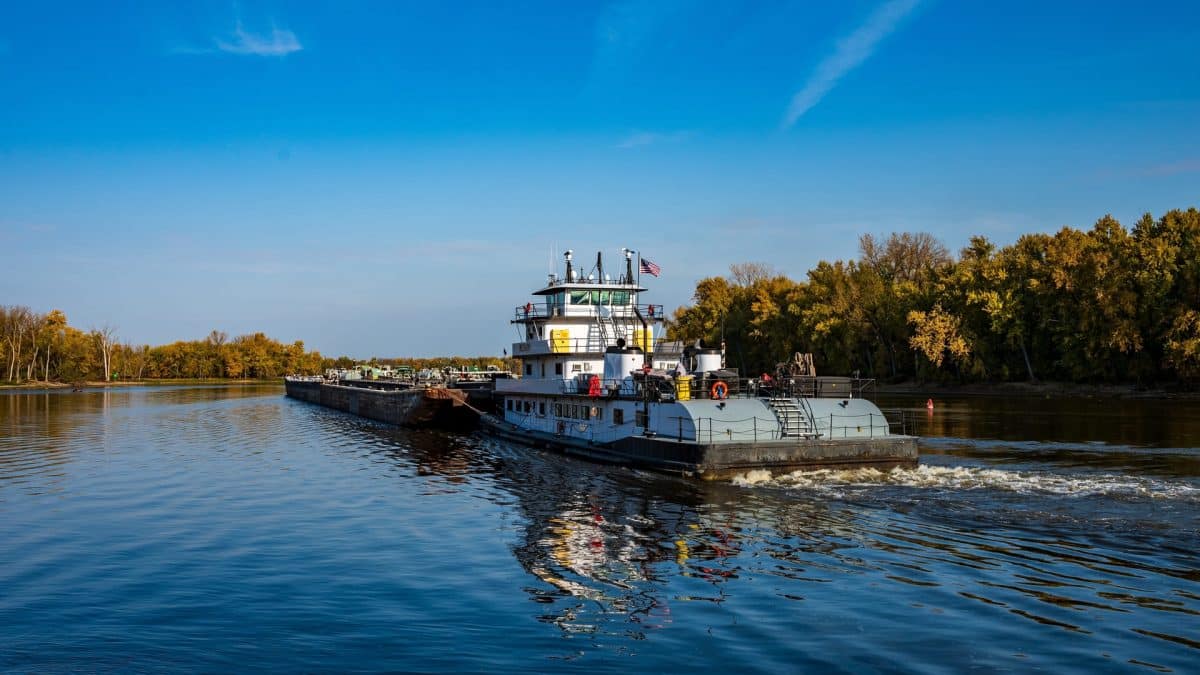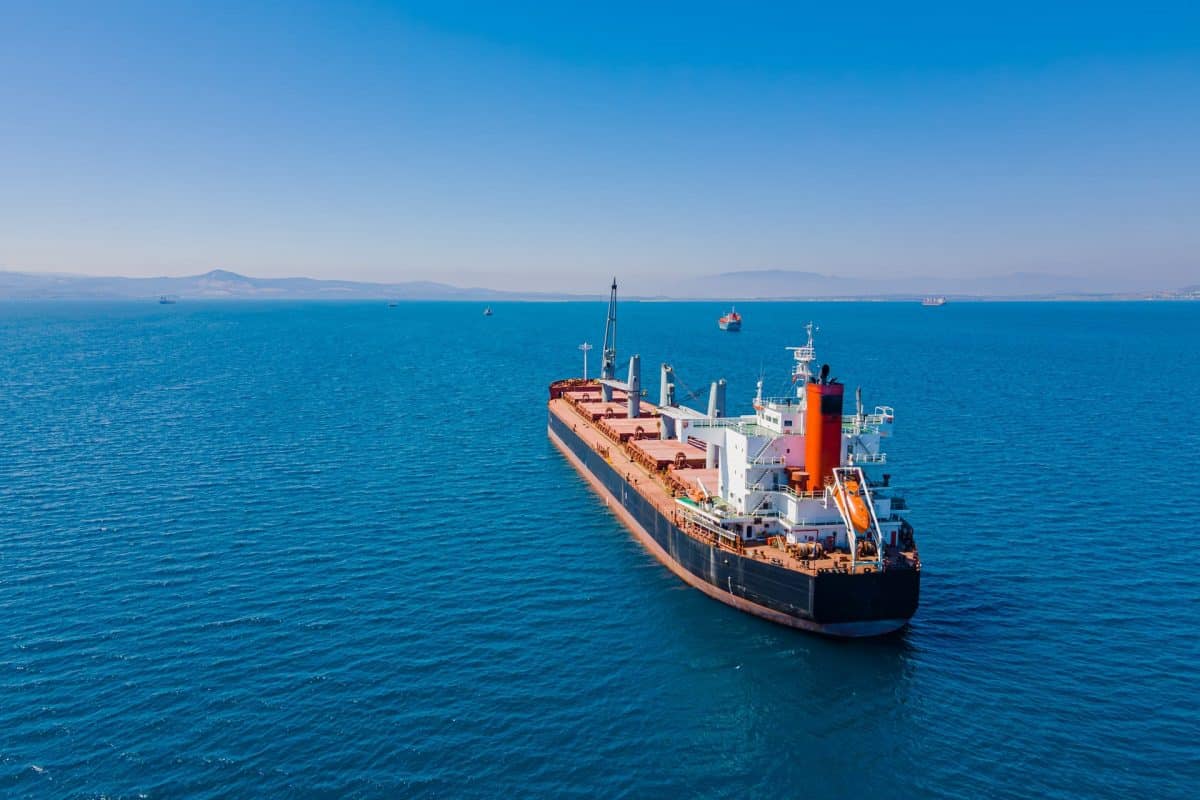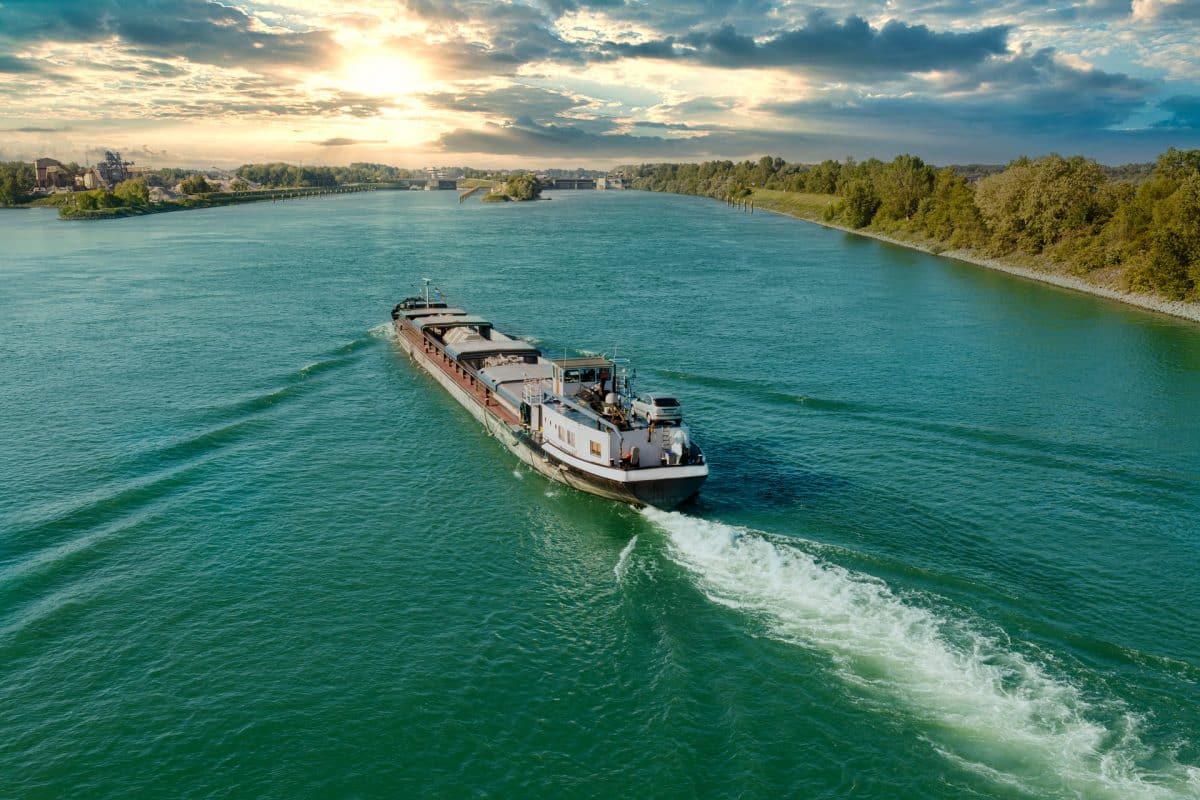The ARA barge freight market in the week of 15–19 December shifted noticeably compared with earlier December. While overall December sentiment has been soft, this particular week was defined by pre-holiday urgency, strong spot volumes, and rapidly changing barge availability. Freight rates moved in both directions during the week: early softness gave way to midweek tightening, particularly for middle distillates, before easing again on Friday as pricing resistance emerged.
1. Freight Rates: Volatile Week With Midweek Support for Distillates
- 15 December: The week started calmly. Middle distillate rates remained stable, while light ends increased, supported by higher-priced deals and limited prompt availability for that segment. Operational delays at Sea-Tank Antwerp and EVOS Amsterdam continued to complicate scheduling.
- 16 December: Despite a surge in activity, middle distillate rates decreased slightly, as many deals were closed just below prior levels. Light ends were mostly stable, with a large share of business done on PJK B/L or lump-sum basis.
- 17 December: A clear tightening emerged. Middle distillate rates increased across several routes, as barge availability tightened sharply and operators reported rejecting new requests. Light ends stayed broadly unchanged.
- 18 December: Light-end rates strengthened, while middle distillates held steady. Operators highlighted full fleets through mid-next week and increasing difficulty securing open tonnage ahead of the holidays.
- 19 December: The week ended with middle distillate rates easing, while light ends remained stable. Although volumes stayed high, some resistance to further rate increases emerged, particularly on Rotterdam–Amsterdam and Antwerp–Amsterdam routes.
Takeaway: Freight rates showed two-way volatility: midweek tightening driven by barge scarcity, followed by slight easing once pricing resistance appeared.
2. Spot Volumes: Consistently High on Pre-Holiday Urgency
Trading activity was a defining feature of the week:
- 15 December: 61 ktons, a normal start, with much of the day spent renominating delayed barges.
- 16 December: 133 ktons, one of the highest volumes of the year, as charterers rushed to move product before Christmas.
- 17 December: 106 ktons, activity remained elevated, with strong demand for prompt positions.
- 18 December: 77 ktons, a slight dip, but still an active session by December standards.
- 19 December: 110 ktons, a strong finish as charterers secured last available barges ahead of the weekend.
Takeaway: Average daily volume exceeded 90 ktons, more than double early-December levels, highlighting significant pre-holiday front-loading.
3. Product Trends: Distillates Lead the Rush
Middle Distillates
- Dominated volumes on 16 and 19 December.
- Benefited most from tightening barge availability midweek.
- Rates rose briefly on 17 December before easing again on Friday as deals cleared at slightly lower levels.
Light Ends
- Activity was more uneven.
- Rates increased on 15 and 18 December but lacked sustained momentum.
- Many light-end deals were closed on PJK B/L or lump-sum basis, limiting their impact on published freight rates.
Takeaway: Middle distillates were the primary driver of market tightness; light ends played a secondary, opportunistic role.
4. Operational Conditions: Barge Availability Tightens, Then Normalizes
- Early week: Delays at Sea-Tank 300 and EVOS Amsterdam East/West forced renominations and reduced prompt availability.
- Midweek: Operators reported very few empty barges, with several rejecting new enquiries due to full schedules (16–17 December).
- End of week: Availability remained tight, but pricing resistance emerged as charterers completed holiday coverage and operators looked ahead to quieter year-end days.
Takeaway: Logistical tightness was real but temporary—driven by timing rather than structural shortage.
4. Operational Conditions: Barge Availability Tightens, Then Normalizes
Looking beyond 19 December:
- Freight rates might soften again once holiday coverage is complete.
- Spot volumes are likely to fall sharply in the final weeks of December.
- Any renewed tightness would depend on unexpected operational disruptions rather than demand.
Conclusion
The ARA barge freight market in the week of 8–12 December remained fundamentally soft, despite ending with a striking rebound in spot volumes. For most of the week, excess barge availability and muted demand pushed freight rates lower across both product groups, with ICE expiry reinforcing insignificant effect on the spot market. The late-week surge reflected positioning ahead of the holidays and operators’ desire to avoid idle tonnage, rather than a structural improvement in demand. While light ends briefly outperformed and narrowed the pricing gap with middle distillates, the broader picture remains one of oversupply, fragile sentiment, and short-lived bursts of activity as the market moves deeper into the year-end slowdown.
What’s next?
Are you ready to face your challenges head-on?
We now offer a FREE customized trial to our BargeINSIGHTS tool, an all-in-one platform for liquid bulk barge transport optimization.
With BargeINSIGHTS, you get instant insights into barge freight rates, bunker gas oil prices, water levels, vessel tracking, and barge availability—all in one place. No more time-consuming data collection; everything you need is at your fingertips.
Click here to schedule your demo and get access to BargeINSIGHTS for free!


